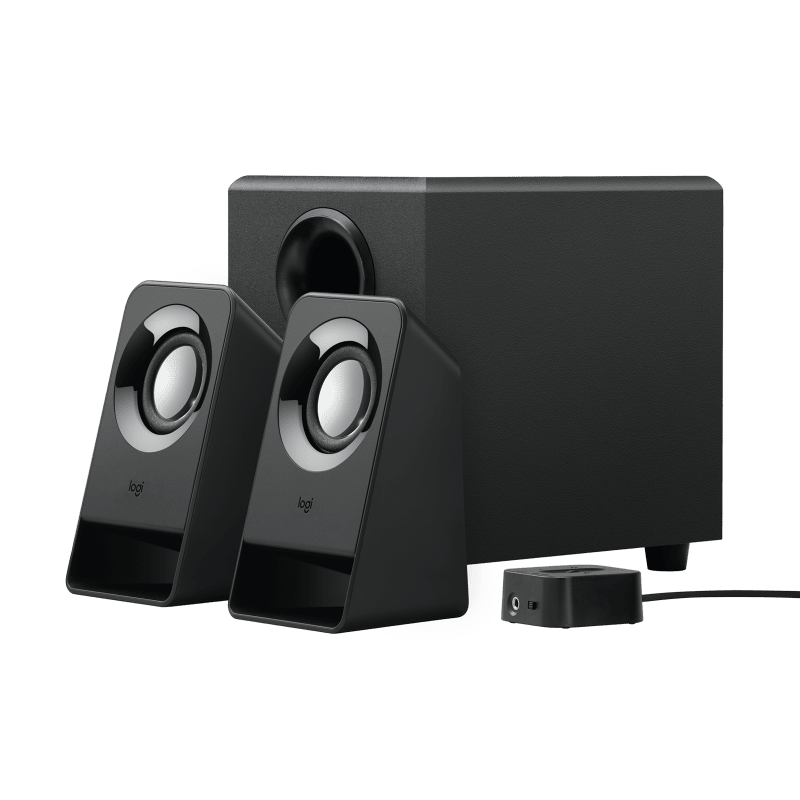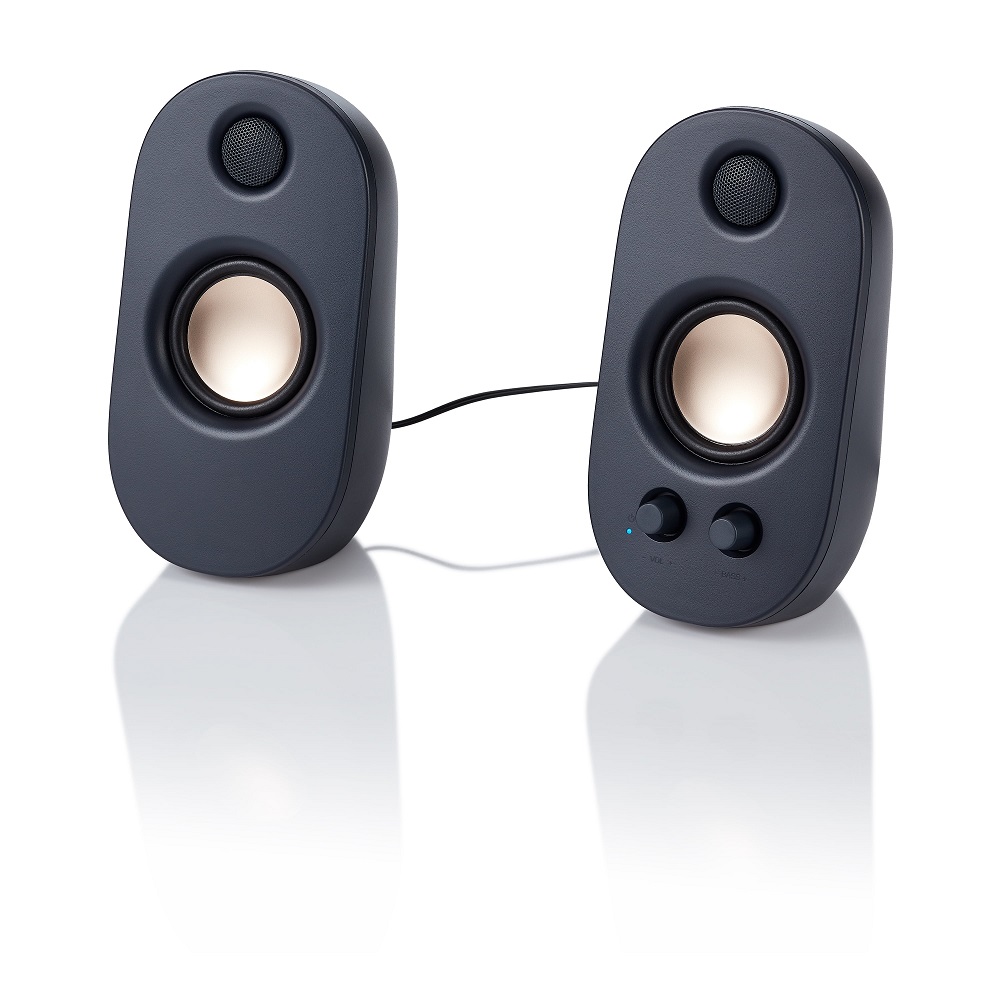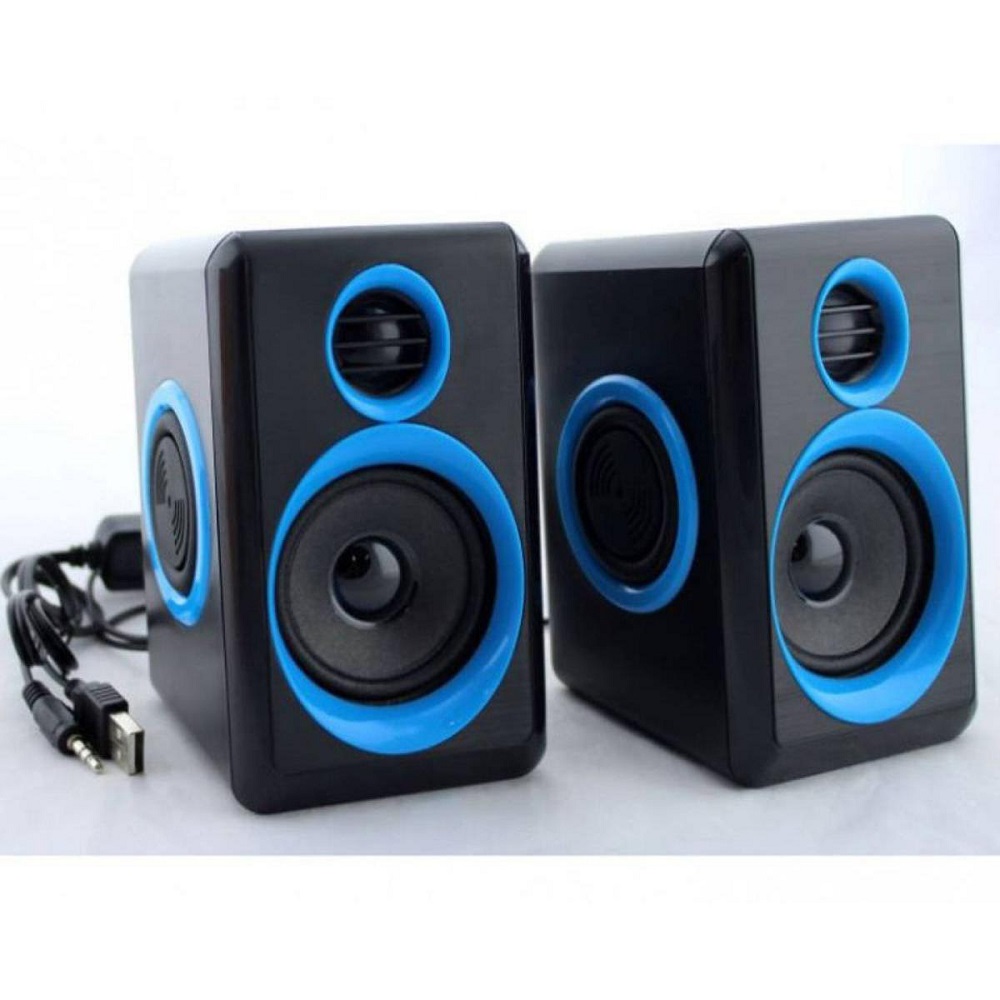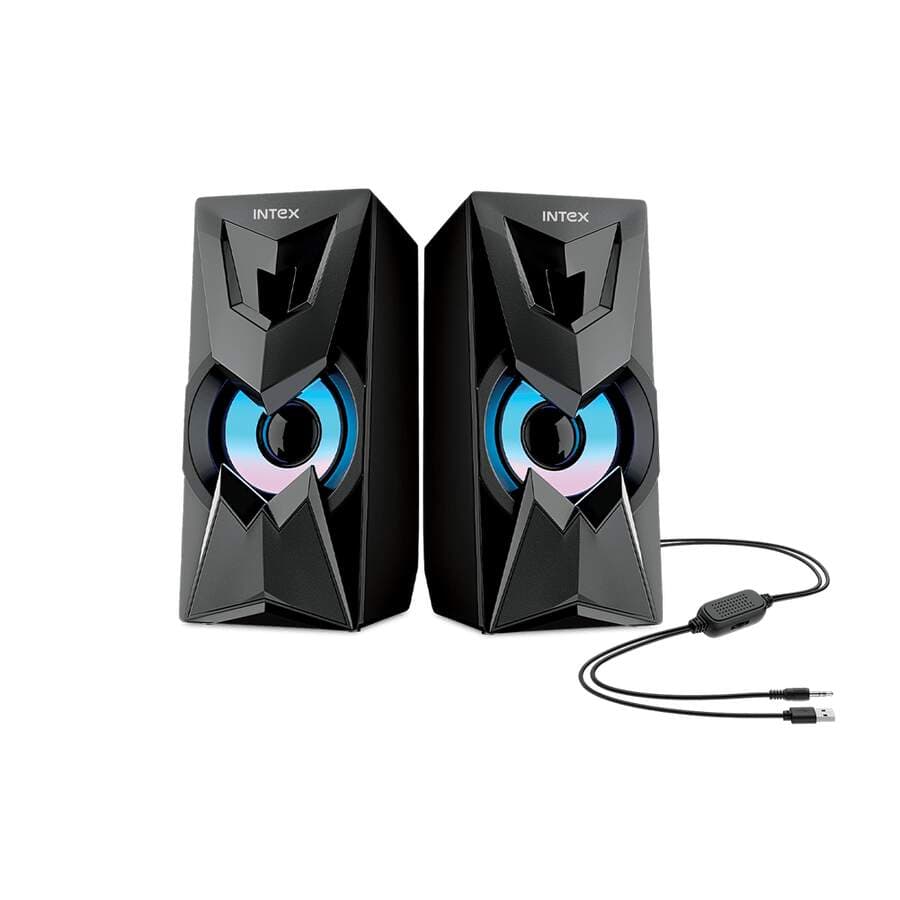Connecting speakers to your computer can vastly improve your audio experience. Whether you’re listening to music, watching movies, or playing video games, quality sound makes a big difference. In this article, we’ll explore various ways to connect speakers to your computer, and we’ll break it down into easy-to-follow steps. By the end, you’ll have a clear understanding of the process, regardless of the type of speakers or computer you own.
Understanding Your Audio Output Options
Types of Audio Outputs
Before you connect your speakers, it is essential to understand the different types of audio outputs available on your computer. Most computers come with at least one audio output option. The most common types are the 3.5mm headphone jack, USB ports, and HDMI outputs.
The 3.5mm headphone jack is the familiar round socket. It is commonly found on laptops and desktop computers. This jack usually outputs sound to standard analog speakers. USB ports are another option. Many modern speakers connect via USB. This method often provides better audio quality. HDMI outputs are typically found on computers with video cards capable of high-definition audio.
Knowing your audio outputs will narrow down your choices when selecting speakers. Some speakers work only with specific types of connections. Analyzing your computer’s audio output options will simplify the entire connection process.
Speaker Types
Next, let’s consider the types of speakers you might connect. There are two primary categories: analog speakers and digital speakers. Analog speakers use standard 3.5mm jacks and typically don’t require additional software. Digital speakers might connect through USB, Bluetooth, or HDMI. These types often come with built-in amplifiers and may even have advanced sound technologies.
When selecting speakers, consider where they will be placed. Will they sit on your desk? Or will you mount them on the wall? These factors can influence sound quality as well. Smaller speakers are often less powerful but more flexible regarding placement. Larger speakers can deliver deeper bass and clearer sound but require more space.
Understanding the various speaker types will help you identify your needs and preferences. This knowledge will pay off when you make your final choice.
Connecting Wired Speakers
Using the 3.5mm Headphone Jack
One of the most straightforward ways to connect speakers to your computer is using the 3.5mm headphone jack. This method is suitable for most standard speakers and involves only a few simple steps.
First, turn off your computer. This isn’t mandatory, but it can help prevent issues while connecting the audio devices. Next, locate the 3.5mm headphone jack on your computer. This is usually located on the front or back of a desktop tower or the side of a laptop. The jack is usually color-coded green. You may also see labels indicating audio output.
After identifying the jack, take the audio cable from your speakers. If your speakers have a separate power source, plug it in and turn the speakers on. Take the other end of the audio cable and plug it into the headphone jack.
Once the speakers are connected, power up your computer. After it boots up, navigate to your system settings. You will likely need to adjust the audio output settings on your computer. Right-click the sound icon in the system tray and click on “Playback Devices.” This will show you all available audio outputs. Select your speakers and set them as the default device.
The sound should now play through your speakers. You may need to adjust the volume using your computer or on the speaker itself. This method is popular for desktop computers and easily works with most laptops too.
Using USB to Connect Speakers
Another common way to connect speakers to your computer is through USB ports. Many modern speaker systems utilize USB connections. This method allows for simple plug-and-play functionality, making it exceptionally user-friendly.
To start, ensure your speakers are equipped with a USB connection. Most 2.0 or 3.0 USB ports on your computer will work for this purpose. First, connect the speakers to a power source if they require one. Then, take the USB cable from your speakers and plug it into an available USB port on your computer.
After connecting, your computer may automatically detect the speakers. You’ll see a notification indicating that new hardware has been found. If this happens, you may not need to do anything further. Windows and most operating systems often have built-in drivers for common audio devices.
However, if your speakers do not work right away, you may need to go into your computer’s audio settings. Go to “Control Panel” and click on “Sound.” You’ll see a list of playback devices. Identify your newly connected USB speakers and set them as the default playback device.
Once this is done, test the speakers by playing audio through your computer. You can play music or a video to check if the sound is coming through clearly. Adjust the speaker volume as needed. This method works wonders for compact and portable speaker systems.
Connecting Bluetooth Speakers
Setting Up Bluetooth on Your Computer
If you prefer wireless audio, connecting Bluetooth speakers to your computer is an excellent option. Bluetooth technology has become increasingly popular due to its convenience. You can enjoy audio without cumbersome cables.
Before connecting, ensure your computer has Bluetooth capabilities. Most modern laptops have built-in Bluetooth. For desktop computers, look for Bluetooth adapters or cards that you can install. Once you verify Bluetooth functionality, you can begin the connection process.
Start by turning on the Bluetooth option on your computer. Go to the “Settings” menu. From there, choose “Devices” and then “Bluetooth & other devices.” Toggle the Bluetooth option to “On.” Once you activate Bluetooth, your computer will start searching for available devices.
Next, prepare your Bluetooth speakers. Turn them on and enter pairing mode. Different speakers have unique methods to enter pairing mode, so refer to the user manual if you’re unsure. Generally, you need to hold the power button or a designated Bluetooth button for a few seconds.
Once your Bluetooth speakers are in pairing mode, they should appear on the list of devices in your computer settings. Click on them to connect. Your computer might prompt you to confirm the connection. If so, follow the on-screen instructions. Once paired, your speakers should act as your default audio output device.
Troubleshooting Bluetooth Connections
Occasionally, you may encounter issues when connecting Bluetooth speakers. If the connection fails, try these troubleshooting steps. Start by ensuring that both your computer and speakers are within range. Bluetooth typically works best within 30 feet.
If your speakers don’t appear in the list, turn off Bluetooth on your computer and restart it. After rebooting, follow the steps to find and connect to your speakers again. If your speakers still don’t connect, check the compatibility of your Bluetooth version. Sometimes older devices may not pair with newer technology.
Sometimes, interference from other electronic devices can affect Bluetooth performance. If this is a recurrent issue, try moving other devices away or turning them off temporarily.
Another handy step is to reset your Bluetooth speakers. Refer to their manual for the specific resetting procedure. After resetting, repeat the pairing steps. Usually, that will get everything working again.
Connecting Speakers via HDMI
Understanding HDMI Connections
HDMI (High-Definition Multimedia Interface) is another excellent option for connecting speakers to your computer. This method transmits high-quality audio and video signals through a single cable. This format is ideal for home theater systems or setups where space is limited.
Many modern computers have HDMI outputs. Check your computer’s back or side for an HDMI port. Then, examine your speaker system. Most sound systems designed for home theater will include an HDMI input option as well.
Connecting via HDMI can enhance the audio experience. When using an HDMI connection, you will get surround sound capabilities, which significantly improves the overall immersion, especially in movies and games.
Steps to Connect Speakers via HDMI
Begin by turning off both your computer and the speakers. This helps prevent any difficulties during the connection process. Plug one end of the HDMI cable into your computer’s HDMI output. Insert the other end into your speaker system’s HDMI input.
Once connected, power on your speakers and then your computer. After booting up, navigate to your computer’s audio settings.
To do this, right-click the sound icon on the taskbar and select “Playback Devices.” You should see your speakers listed among the devices. Choose them and set them as the default playback option. Test your connection by playing some audio. Adjust the volume using your computer or your speakers, and you’re all set.
Utilizing Sound Cards
Enhancing Audio Quality
In some cases, built-in audio outputs may not meet your sound quality expectations. Upgrading to a dedicated sound card can elevate your audio experience. Sound cards improve audio output and offer customizable settings, depending on the model.
Installing a sound card is an additional option when connecting speakers. If you have a desktop computer, look for an available PCI slot on the motherboard. If you have a laptop, USB sound cards are also an option.
Before purchasing, ensure your speaker system supports the sound card’s audio output types. After installation, follow the manufacturer’s instructions to set it up correctly.
Connecting Speakers through a Sound Card
Once your sound card is in place, the connection will be similar to using the 3.5mm headphone jack we discussed earlier. Plug your speakers into the appropriate audio output on the sound card. Most cards come with color-coded connections, so it should be easy to figure out where to plug your speakers.
After making the connection, power up your computer. Navigate to the sound settings. You may need to adjust some settings to optimize your audio experience fully.
Make sure you have the latest drivers installed for your sound card. These ensure your audio quality is at its best. Manufacturers usually provide driver updates on their websites.
Choosing Speaker Placement
The Importance of Speaker Placement
Once your speakers are connected, it’s vital to consider where you place them. Proper placement can profoundly impact sound quality. Positioning can determine how the sound disperses and how it reaches your ears.
For stereo speakers, ideally, place them at ear level when you are sitting. This arrangement allows the sound to travel directly to you. Avoid placing the speakers too close to walls, as this can create undesirable echoes and distortions.
If your speakers support stereo or surround sound, creating a triangular setup will yield the best results. This means forming an equilateral triangle with your speakers and listening position. Doing this will enhance the stereo effect and deliver a balanced sound.
Adjusting Your Surroundings
Your room also plays a significant role in sound quality. Hard surfaces like tile or wood can create echo. In contrast, soft furnishings like couches and curtains can absorb sound and reduce echo. Consider using rugs or fabric curtains if your room sounds overly echoey.
Check for any obstructions between your speakers and your listening position. Even minor obstacles can affect sound clarity. Avoid placing large objects in direct line to your speakers.
Finally, if your speakers have customizable equalizer settings, experiment with them! Adjusting these settings can help adapt the sound to your room’s acoustics.
Conclusion
Connecting speakers to a computer can seem complicated, but understanding the basics makes it much easier. With the right knowledge, you can enjoy high-quality sound in no time. Whether you choose wired or wireless options, knowing how to connect audio devices enhances your listening experience. As you experiment with different setups, speaker placements, and connections, you’re one step closer to achieving optimal sound quality. Now go ahead and set up those speakers! Happy listening!



